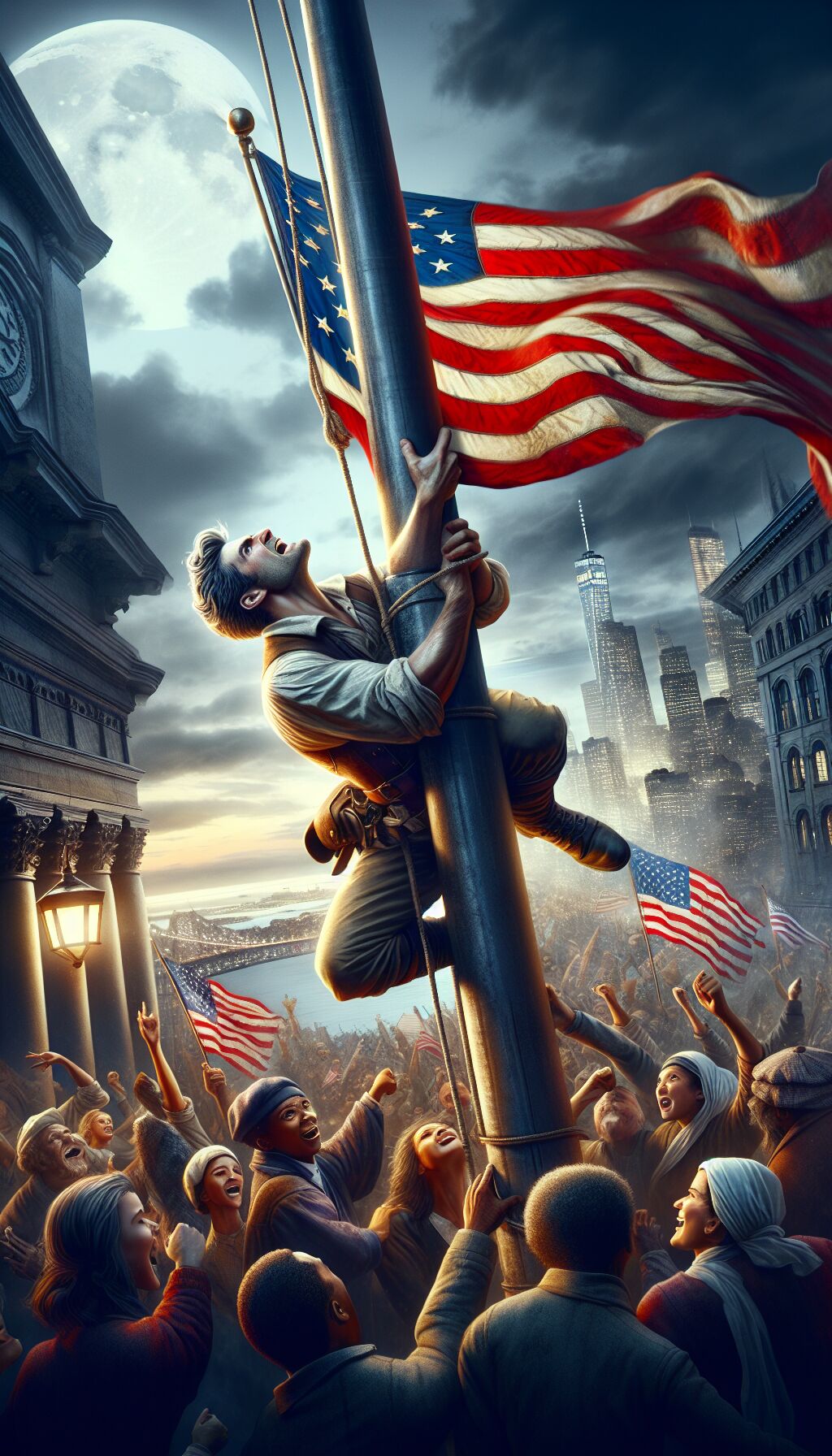The Forgotten Significance of Evacuation Day
When President Abraham Lincoln first proclaimed Thanksgiving a national holiday in 1863, he unknowingly marked the beginning of the decline of a prominent American celebration that had previously held significant patriotic importance: Evacuation Day. This day, commemorating the expulsion of British forces from New York City after the Revolutionary War, has largely faded from public consciousness, overshadowed by Thanksgiving.
A National Holiday Emerges
On the last Thursday of November in 1863, Lincoln issued a proclamation thanking God for the blessings of the harvest. This set the stage for the official designation of Thanksgiving Day in the 1940s, when Congress officially recognized the fourth Thursday in November as the national holiday we know today. However, this transition came at a time when U.S. relations with Britain were warming, leading to a gradual neglect of Evacuation Day, a celebration of the end of British colonial rule in the United States.
The Historical Context of Evacuation Day
Following the signing of the Declaration of Independence in Philadelphia in 1776, New York City, located just 99 miles to the northeast, remained a British stronghold until the conclusion of the Revolutionary War. During this period, captured American soldiers were held aboard prison ships in New York Harbor, and British political maneuvers in the West were closely tied to the activities taking place in the city.
The tide began to turn with the signing of the Treaty of Paris, which officially ended the Revolutionary War. On November 25, 1783, the last British soldiers departed from New York, and a wave of patriotism swept through the newly established nation. As the British fled, they took desperate measures to unceremoniously leave their posts, including greasing the flagpoles to keep the American colors from being raised immediately.
The Iconic Flag Raising
In a display of defiance and determination, Sergeant John van Arsdale, a veteran of the Revolution, fashioned cleats that enabled him to climb the slick flagpole at Bennett Park (located at what is now West 183rd Street). He famously took down the British Union Jack and replaced it with the Stars and Stripes. The sight of the American flag flying at the highest point of Manhattan was a poignant symbol of victory and resilience for the gathered crowd below.
As the British forces embarked on their journey back across the Atlantic, a final shot was fired from a British warship aimed at Staten Island, narrowly missing the celebratory crowd. This marked a significant moment in American history, as the country was finally freed from British military presence.
Celebrations and Commemorations
Later that historic day, George Washington and New York Governor George Clinton led a military parade down Broadway, under the cheers of thousands of revellers. The march concluded at what is now Wall Street, where Clinton hosted Washington for a celebratory dinner and “Farewell Toast” at Fraunces Tavern, a venue that has remained a cornerstone in the history of Evacuation Day.
During this celebration, thirteen toasts were raised in honor of the thirteen states, filled with aspirations for the new nation. Washington expressed gratitude for the support he received during the war, stating, “With a heart full of love and gratitude, I now take leave of you. I most devoutly wish that your latter days may be as prosperous and happy as your former ones have been glorious and honorable.”
The Rise and Fall of Evacuation Day
Despite its significance in the early days of the United States, Evacuation Day began to lose prominence with the establishment of Thanksgiving as a national holiday. In the 19th century, November 25 was celebrated with school closures and public festivities, including reenactments of van Arsdale’s climb and formal dinners held at prestigious venues like the Plaza Hotel.
For several decades, New York City held a grand parade reminiscent of modern-day parades until the 1910s, as the nation began to shift its focus. As the 20th century unfolded, the relationship between the United States and the United Kingdom evolved, and remembrance of Evacuation Day dwindled as the U.S. forged crucial alliances with its former adversary during the World Wars.
Modern Commemorations
In recent years, there have been occasional efforts to revive the spirit of Evacuation Day. Commemorative flag-raising events have taken place at Bowling Green, marking the southern endpoint of Broadway. These ceremonies reflect a yearning to reconnect with an important historical narrative that has often been overshadowed by newer traditions.
During the initial Evacuation Day celebration, Washington’s dinner at Fraunces Tavern included a ceremonial march of the new U.S. Army down Broadway, reclaiming the city. The toasts raised during this gathering encapsulated the hopes and aspirations of the young nation. The first toast declared, “To the United States of America,” while others recognized the assistance of allies like King Louis XVI, emphasizing a commitment to liberty and independence.
Conclusion: Remembering Evacuation Day
Today, few remember Evacuation Day, once more prominent than even Independence Day and Thanksgiving. Its legacy serves as a reminder of the American quest for freedom and unity. As we gather around tables each Thanksgiving, it is worth reflecting on the sacrifices made by those who came before us and the historical moments that helped shape the United States. While the grandeur of Evacuation Day may have faded from the public eye, its significance endures in the rich tapestry of American history.
